Your cart is currently empty!
Tag: Pest Management
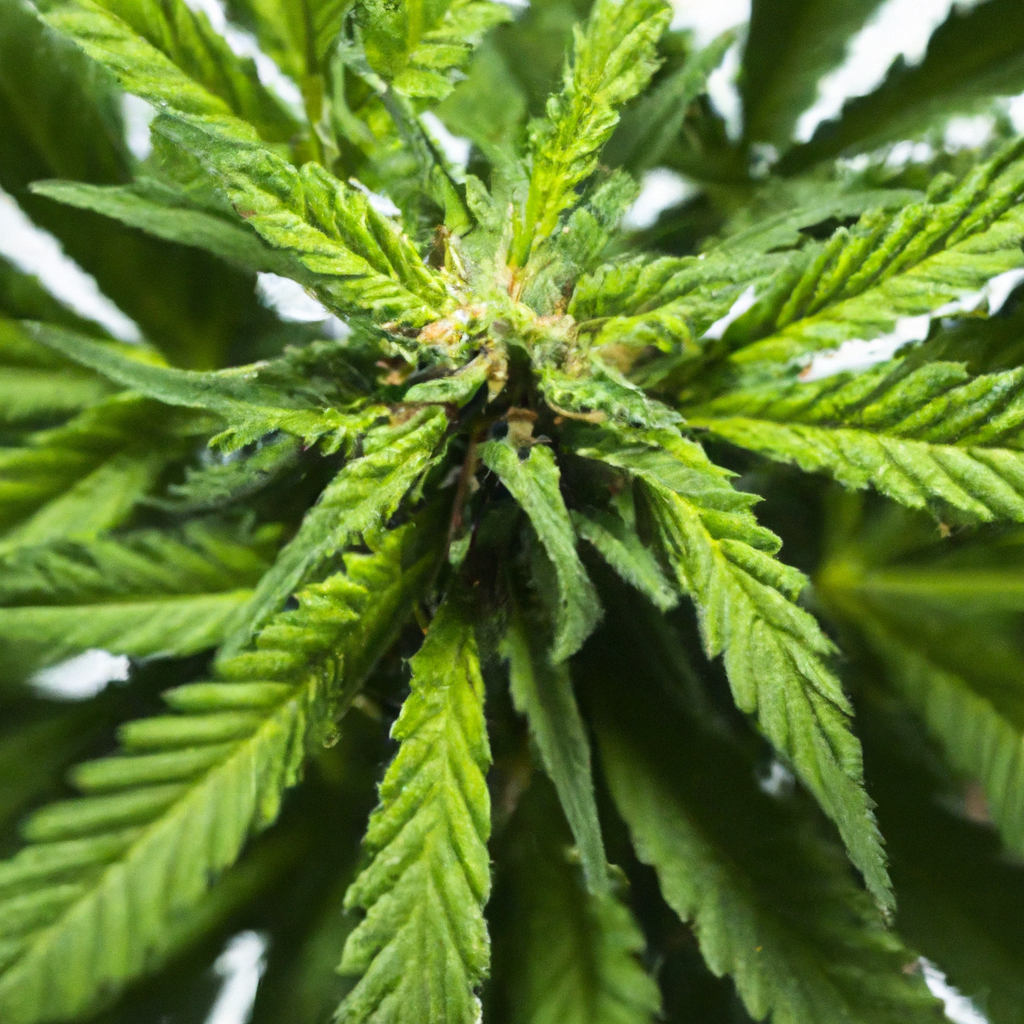
Effective cannabis cultivation requires more than just planting seeds; it demands continuous observation through crop scouting. This essential practice helps identify issues like pests, diseases, and nutrient deficiencies before they escalate. Key strategies include regular monitoring, detailed record-keeping, and utilizing technology such as apps and drones for enhanced observation. Address common challenges with Integrated Pest…

In the evolving world of cannabis cultivation, organic techniques are favored by environmentally-conscious growers and health-conscious consumers. This guide outlines key practices for cultivating cannabis organically, including building healthy soil ecosystems through composting and cover crops, using natural fertilizers like bone meal and fish emulsion, and implementing sustainable pest control methods with beneficial insects and…
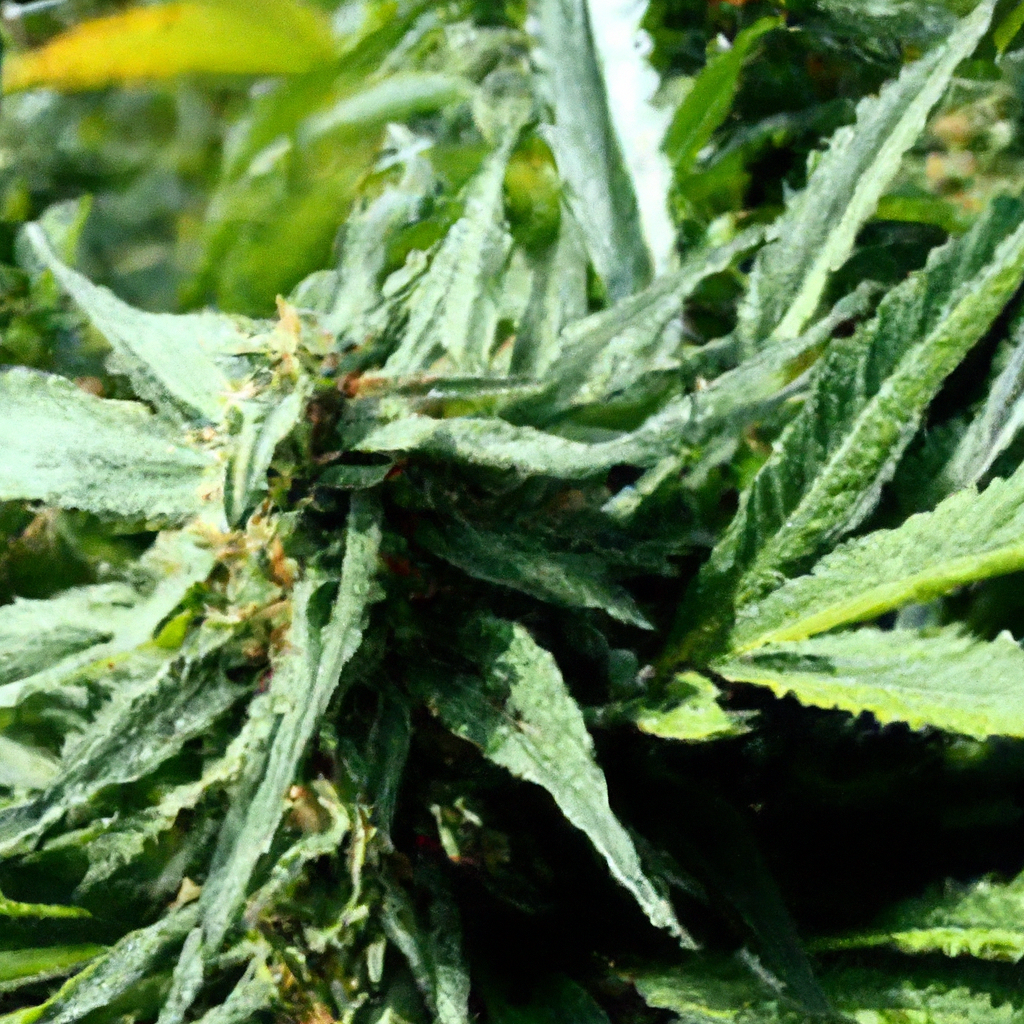
Delving into organic cannabis cultivation blends art and science, focusing on using nature’s resources to create premium-quality products. This guide explores best practices for using natural fertilizers, effective composting, and organic pest management. Key steps include building a rich soil ecosystem with natural amendments and pH management, embracing natural fertilizers such as fish emulsion and…
In the rapidly growing field of cannabis cultivation, organic methods are celebrated for promoting soil health and sustainability. This article explores advanced practices that enhance growth while benefiting the environment and consumers. Key strategies include building a thriving soil ecosystem through compost, mulch, and crop rotation, utilizing natural fertilizers like vermicompost and manure tea, and…
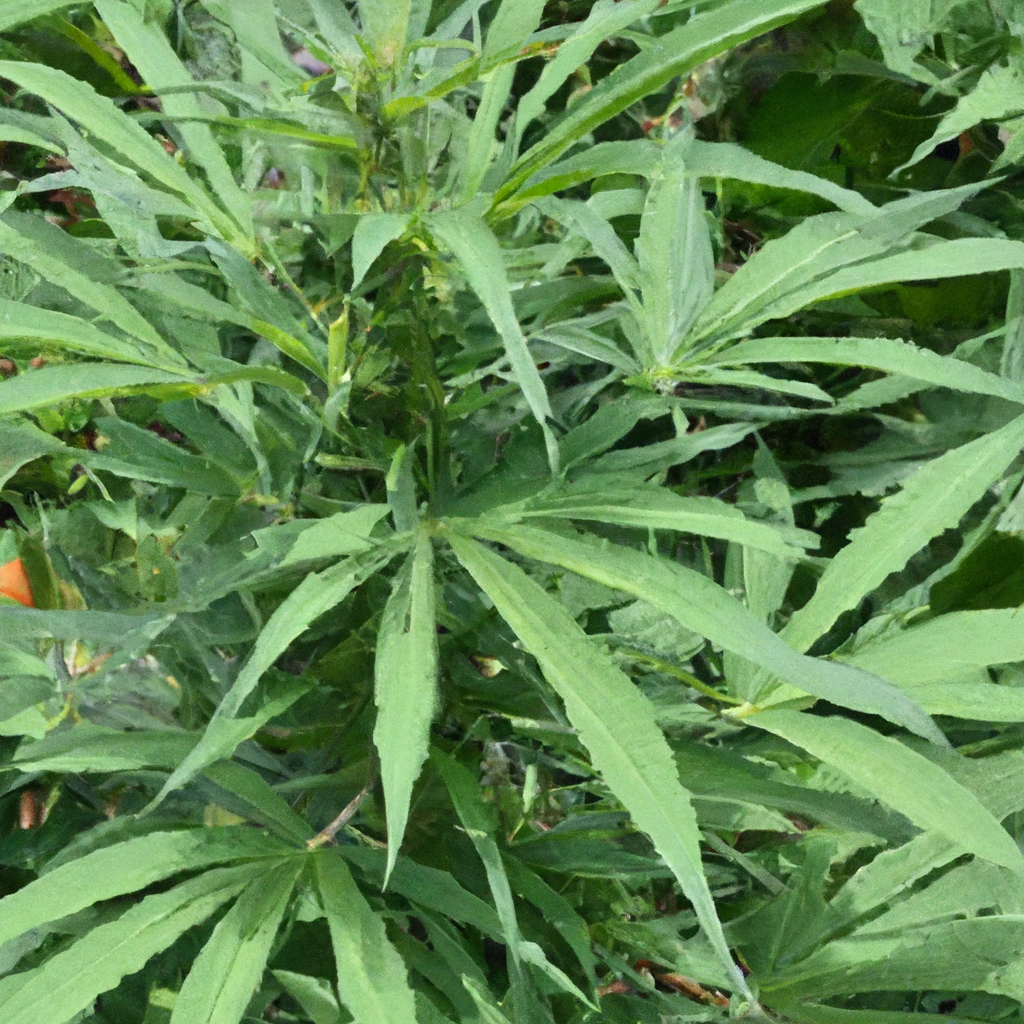
Growing cannabis successfully requires effective pest management. This blog post outlines eco-friendly strategies for integrated pest management (IPM), which combines various techniques to minimize pest damage without heavy reliance on chemical pesticides. Key strategies include cultivating strong plants, introducing beneficial insects, using physical barriers, and frequent monitoring for early detection of pests. A home grower…
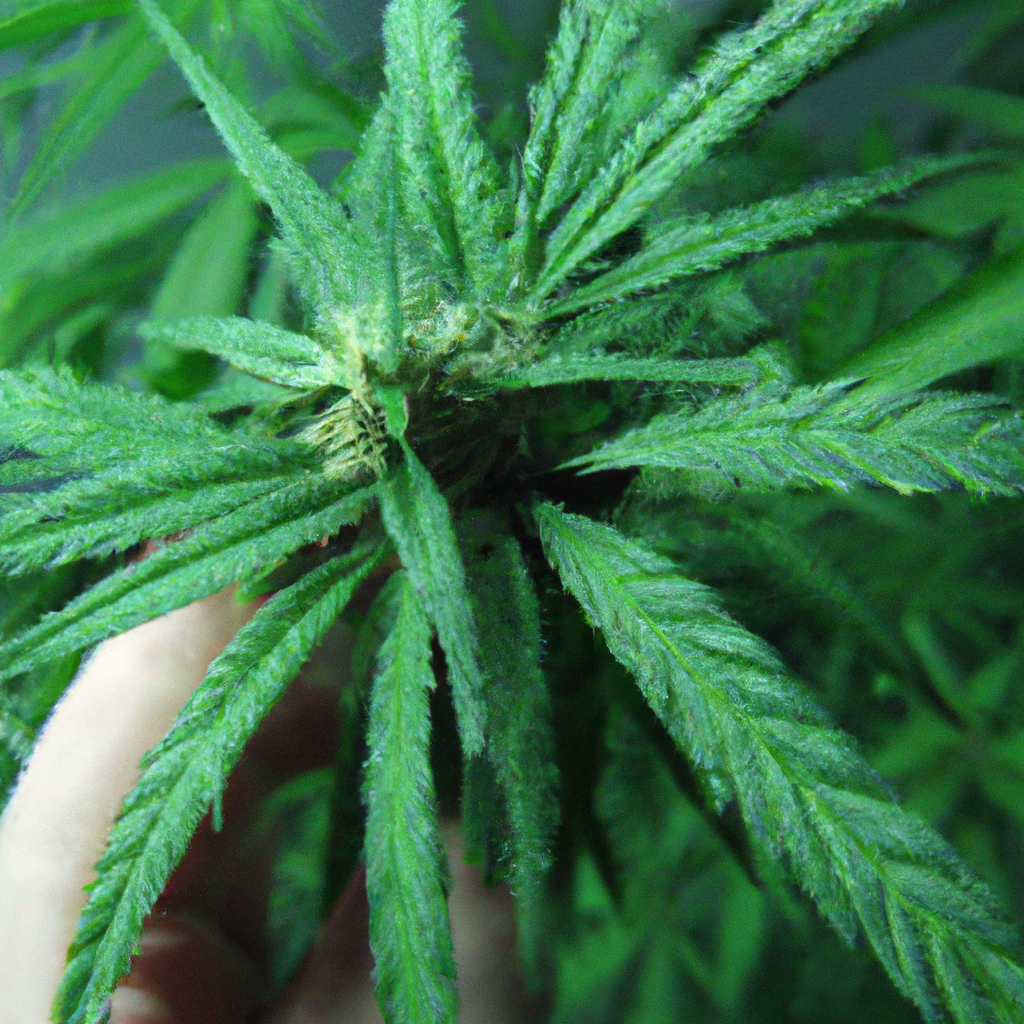
As cannabis cultivation gains popularity, managing pests without compromising plant quality is a growing concern for many growers. This guide delves into organic methods to tackle common cannabis pests like spider mites, aphids, whiteflies, and fungus gnats. Effective strategies include using neem oil, introducing beneficial insects, applying diatomaceous earth, and employing companion planting with plants…
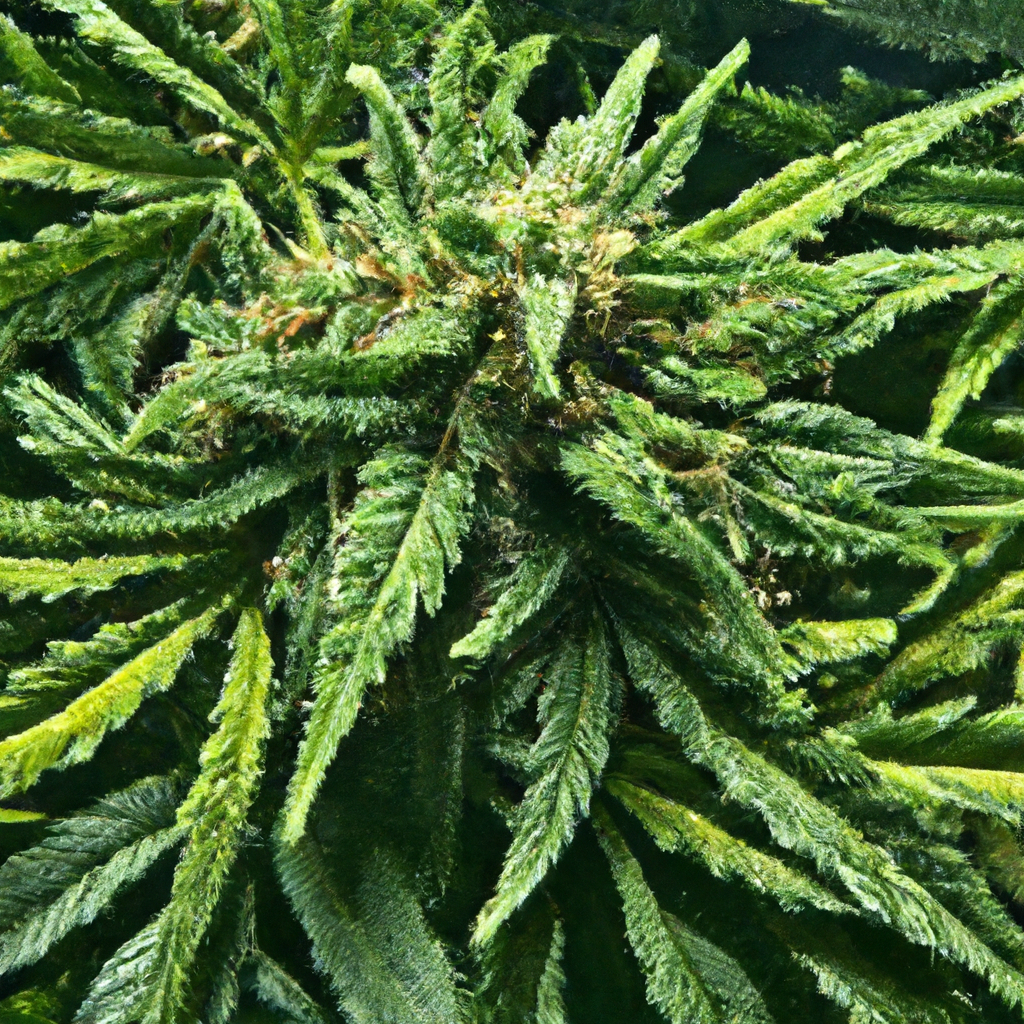
Growing cannabis presents unique challenges, with pest control being a significant concern for cultivators. This article delves into advanced techniques for effective pest management, starting with identifying common pests like spider mites, aphids, and caterpillars. Utilizing Integrated Pest Management (IPM), it highlights monitoring, establishing action thresholds, and choosing appropriate control methods. The piece also advocates…
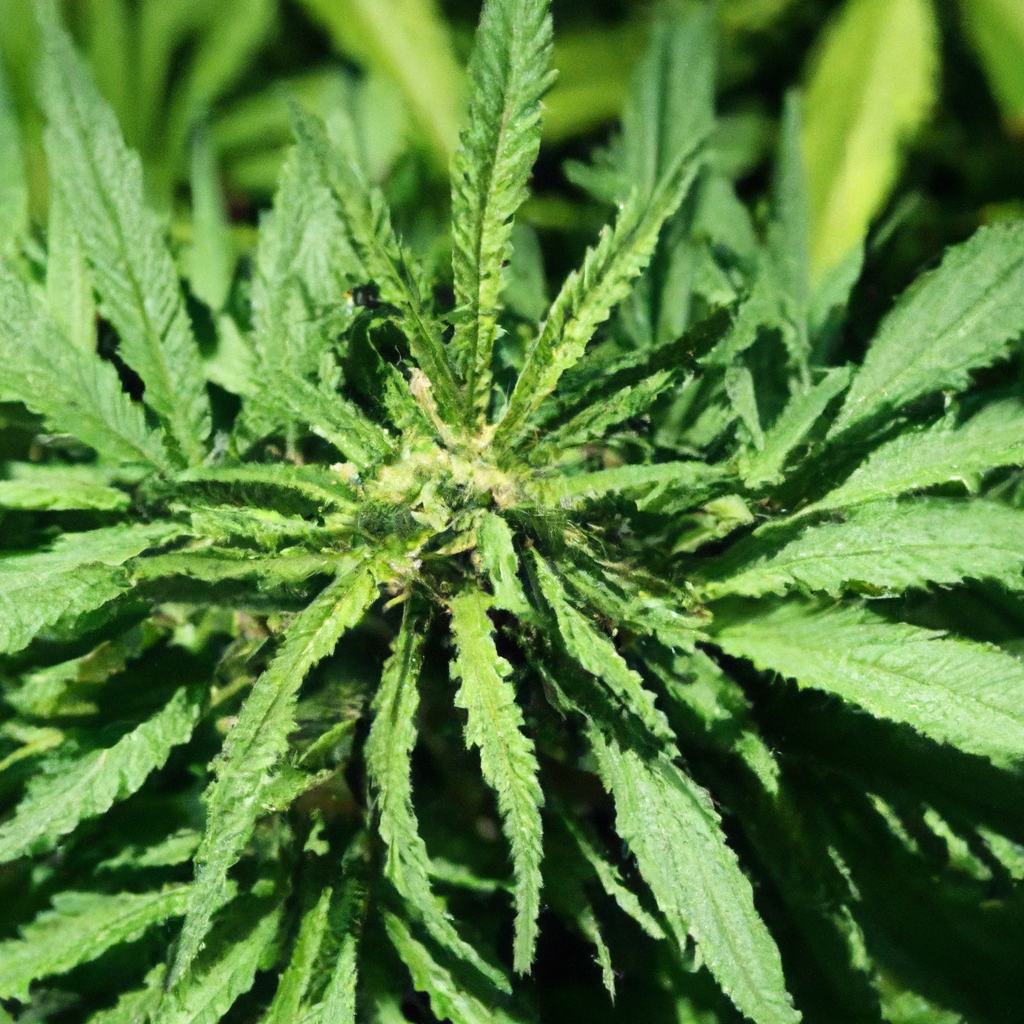
As the demand for sustainable practices rises, organic cannabis cultivation is gaining popularity among growers aiming to produce healthier, environmentally friendly products. This methodology focuses on sustainability and the health of both the environment and consumers. Key practices include building a robust soil ecosystem with compost, cover crops, and mulching; embracing natural fertilizers such as…
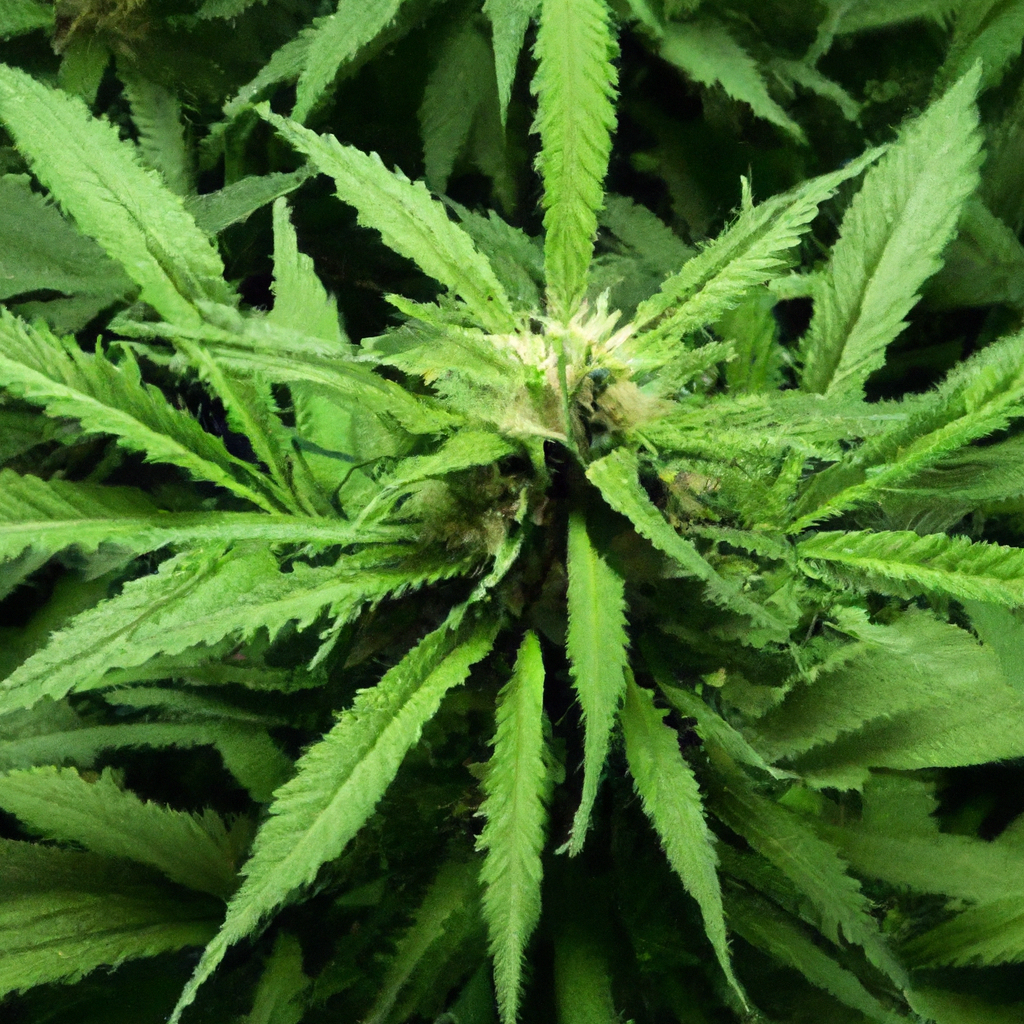
Growing cannabis successfully requires balancing art and science, with a significant focus on pest management. Early identification of pests such as spider mites, aphids, and whiteflies is crucial to prevent crop damage. Regular plant inspections, monitoring plant health, and using sticky traps are essential practices for early pest detection. Effective solutions include natural methods like…

As the cannabis industry expands, cultivators increasingly adopt environmentally friendly practices that yield better crops and support the planet and consumer health. This article explores key organic techniques for sustainable cannabis cultivation, emphasizing the importance of building healthy soil ecosystems and using natural fertilizers. By incorporating strategies such as composting, beneficial microbes, and eco-friendly pest…
